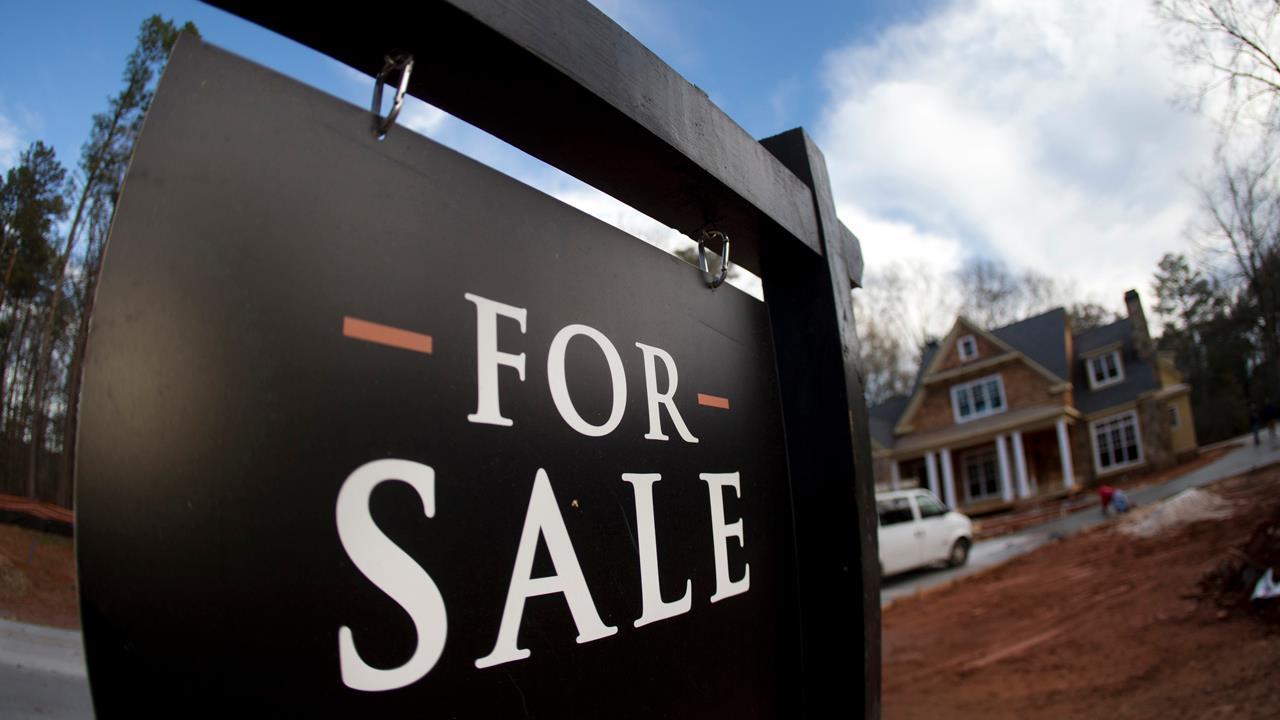Housing market inventory on the rebound, good news for buyers?
The housing market may be showing some signs of improvement, as inventory starts to increase in some of the country’s largest markets.
According to a new report from online real estate site Trulia, total U.S. inventory fell 2.5 percent year-over-year in the third quarter, which is the smallest decline in more than three years.
In some big cities, housing inventory even increased in the third quarter. In San Jose, California, for example, the number of homes for sale increased by 70 percent while the affordability of starter homes rose by 110 percent – though the area remains among the priciest in the country. In Oakland, California, inventory rose by 26 percent, and by 20 percent in Orange County, California. Affordability increased by 84 percent and 76 percent in those cities, respectively. While metros in California dominated the list of places that saw the largest boost in inventory, Colorado Springs, Colorado; Salt Lake City, Utah; Seattle; and Nashville also made the list.
At a time when home prices have continued to rise due to lack of inventory – which has resulted from a multitude of factors including increased regulatory burdens and a lack of construction workers – a continued trend toward a higher number of homes for sale could help alleviate some pressure.
The demographic experts have been most worried about given current market conditions is first-time buyers – and they are still facing worsening conditions. According to Trulia, only one-fifth of the new inventory added in the third quarter was starter homes, while overall affordability deteriorated over the past year as home prices have risen faster than incomes. Starter home affordability is at its lowest level since the beginning of 2012. And despite modest gains, inventory does remain historically low.
According to Trulia, a family looking to buy an entry-level home should expect to spend 25.6 percent of their income on a mortgage. In some of the priciest housing markets, like San Francisco, a family may have to spend 100 percent of their income to afford even an entry-level house.
